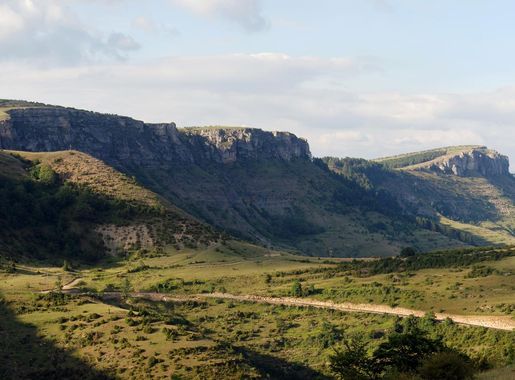
Discover the Untamed Beauty of Cévennes National Park
Experience the wild beauty, cultural heritage, and adventure of Cévennes National Park, a UNESCO World Heritage site in the heart of southern France.
Nestled in the heart of southern France, Cévennes National Park is a breathtaking blend of rugged landscapes, dense forests, and charming villages. This UNESCO World Heritage site offers an unspoiled paradise for nature lovers, hikers, and history enthusiasts alike. The park spans over 900 square miles and boasts a diverse array of flora and fauna. From the dramatic limestone cliffs and deep gorges to the serene rivers and rolling hills, Cévennes is a haven for outdoor adventurers. Bird watchers will delight in spotting rare species, while botanists can explore the rich tapestry of wildflowers and ancient chestnut groves. Beyond its natural wonders, Cévennes National Park is steeped in cultural heritage. Wander through the cobbled streets of medieval villages like Florac and Le Pont-de-Montvert, where time seems to stand still. Discover the region's history through its Romanesque churches, traditional stone houses, and centuries-old farming practices. Don't miss the chance to explore the park's many hiking trails, which range from gentle walks to challenging treks, each offering stunning vistas and a deep connection with the land. Whether you're seeking tranquility, adventure, or a glimpse into France's rural past, Cévennes National Park provides an unforgettable escape into nature's embrace.
Local tips in Cévennes National Park
- Visit in spring or autumn for milder weather and fewer crowds.
- Bring sturdy hiking boots for the park's varied terrain.
- Check for local festivals and markets to experience regional culture.
- Stay in a traditional gîte for an authentic experience.
- Pack a picnic and enjoy it by one of the park's many scenic rivers.
Discover the Untamed Beauty of Cévennes National Park
Nestled in the heart of southern France, Cévennes National Park is a breathtaking blend of rugged landscapes, dense forests, and charming villages. This UNESCO World Heritage site offers an unspoiled paradise for nature lovers, hikers, and history enthusiasts alike. The park spans over 900 square miles and boasts a diverse array of flora and fauna. From the dramatic limestone cliffs and deep gorges to the serene rivers and rolling hills, Cévennes is a haven for outdoor adventurers. Bird watchers will delight in spotting rare species, while botanists can explore the rich tapestry of wildflowers and ancient chestnut groves. Beyond its natural wonders, Cévennes National Park is steeped in cultural heritage. Wander through the cobbled streets of medieval villages like Florac and Le Pont-de-Montvert, where time seems to stand still. Discover the region's history through its Romanesque churches, traditional stone houses, and centuries-old farming practices. Don't miss the chance to explore the park's many hiking trails, which range from gentle walks to challenging treks, each offering stunning vistas and a deep connection with the land. Whether you're seeking tranquility, adventure, or a glimpse into France's rural past, Cévennes National Park provides an unforgettable escape into nature's embrace.
When is the best time to go to Cévennes National Park?
Iconic landmarks you can’t miss
Cirque de Navacelles
Experience the breathtaking beauty of Cirque de Navacelles, a UNESCO World Heritage site and a hiker's paradise in southern France's stunning landscape.
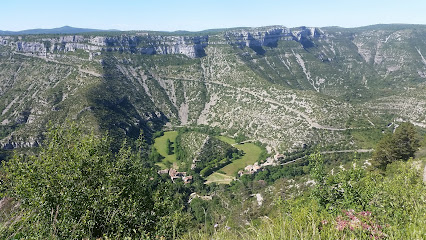
Steam train of Cevennes
Experience the breathtaking landscapes of southern France aboard the historic Steam Train of Cevennes, a must-see tourist attraction.
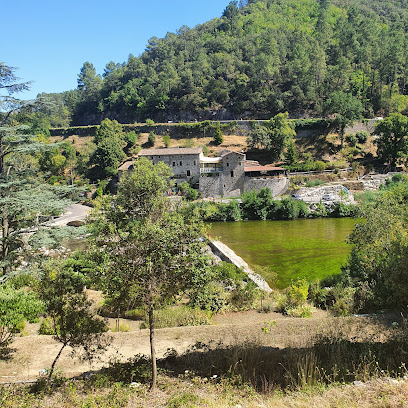
Caves of Trabuc
Explore the breathtaking Caves of Trabuc in Mialet, France—an underground wonderland of stunning formations and rich history.
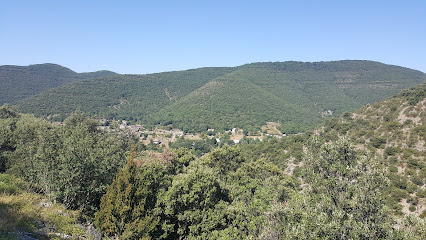
Portes Castle
Explore the majestic Portes Castle, a historical landmark steeped in intriguing tales and surrounded by breathtaking landscapes.
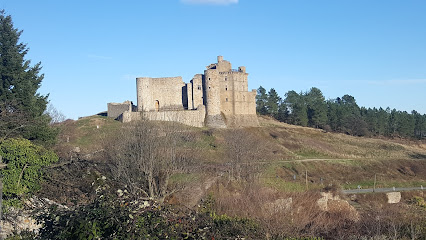
Castle of Tornac
Explore the Castle of Tornac, a stunning medieval fortress surrounded by beautiful hiking trails and rich history, ideal for culture and nature lovers.
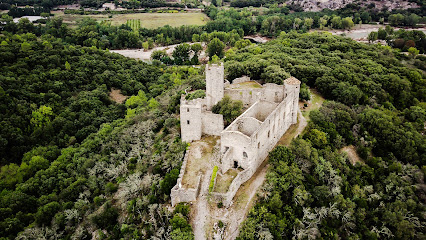
Cévennes
Explore the breathtaking Cévennes mountain range, a UNESCO World Heritage site filled with stunning landscapes, charming villages, and rich biodiversity.
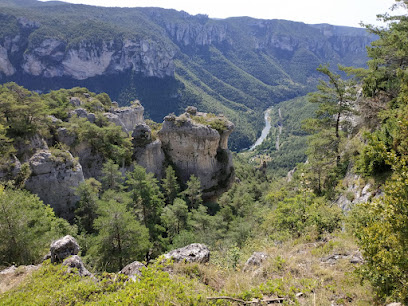
Château le Cheylard Aujac
Discover the stunning Château le Cheylard Aujac, a historical gem in Aujac, France, perfect for history lovers and scenic explorations.
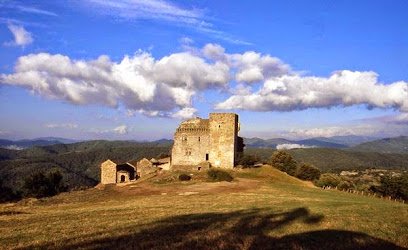
UNESCO Causses and Cévennes
Explore the UNESCO Causses and Cévennes, a stunning blend of natural beauty and rich cultural heritage in southern France, ideal for adventurers and history buffs.
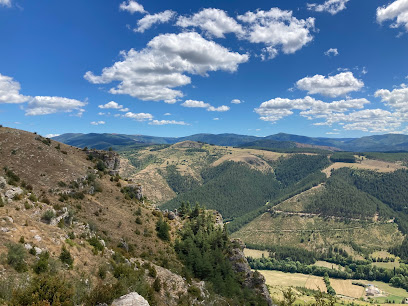
Unmissable attractions to see
The Forest of Fossils
Uncover the wonders of ancient life at The Forest of Fossils, where adventure meets education in a stunning natural setting.
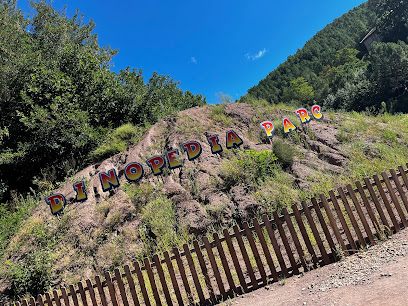
Le Vallon du Villaret
Experience thrilling rides and enchanting scenery at Le Vallon du Villaret, a must-visit amusement park in Allenc, France, perfect for families and adventurers.
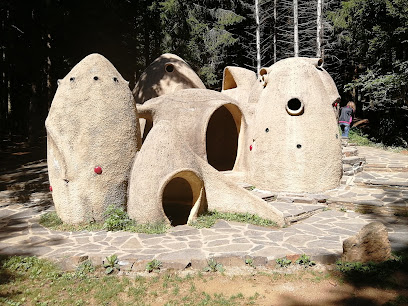
Mausolée romain
Discover the ancient wonders of the Roman Mausoleum in Lanuéjols, a historical landmark steeped in history and architectural beauty.
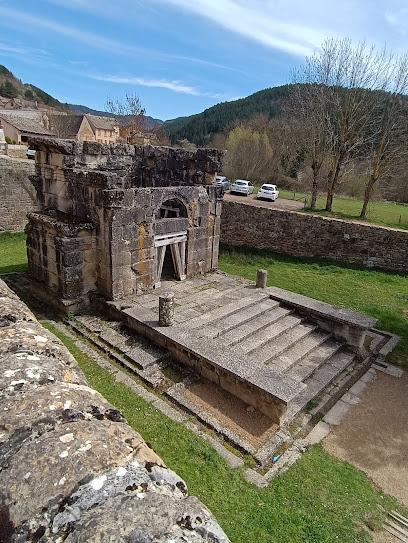
Chaos de Nîmes-le-Vieux
Discover the tranquil beauty of Chaos de Nîmes-le-Vieux, a breathtaking nature preserve featuring unique rock formations and serene landscapes perfect for outdoor enthusiasts.

Phil, guide écotouristique itinérant CAMARGUE, CÉVENNES, OCCITANIE, PROVENCE en éco-4X4 hydrogène et visites guidées
Experience the breathtaking beauty of Camargue and Cévennes with eco-friendly guided tours that highlight nature and heritage preservation.
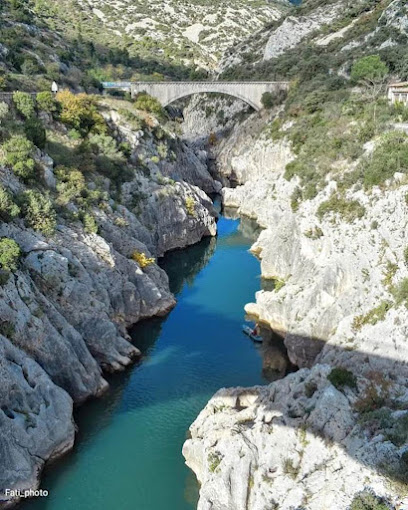
Causse Méjean
Discover the natural wonders of Causse Méjean, a UNESCO World Heritage Site featuring dramatic landscapes, rich biodiversity, and exciting outdoor activities.
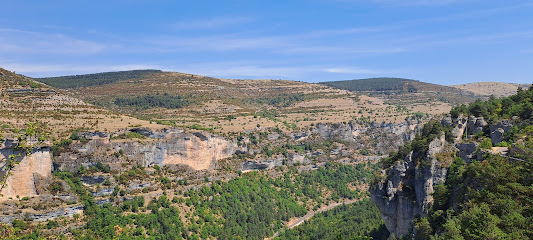
Cévennes Garden
Explore the enchanting beauty of Cévennes Garden, a tranquil oasis in Paris filled with lush greenery and vibrant flora, perfect for relaxation and exploration.
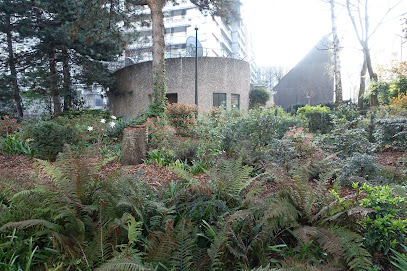
Château de Florac
Discover the enchanting Château de Florac, a historical castle nestled in the stunning landscapes of Cevennes National Park, perfect for history and nature lovers.
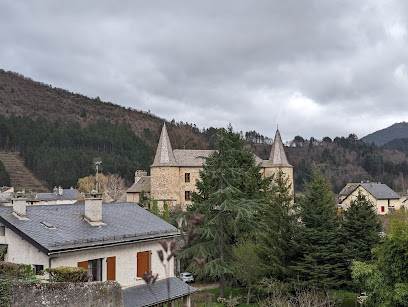
GR 67 Tour du Pays Cévenol (Gard, Lozère)
Discover the beauty of the GR 67 Tour du Pays Cévenol, a stunning hiking trail in Anduze, France, brimming with nature and cultural history.
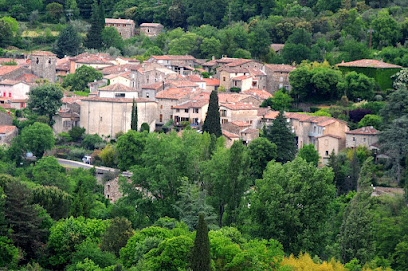
Rte du Bois de Païolive
Explore Rte du Bois de Païolive, a picturesque nature route in France perfect for hiking, wildlife watching, and enjoying serene landscapes.

Esprit parc national
Explore Esprit Parc National, a serene oasis of nature in Pérols, France, ideal for relaxation, hiking, and wildlife observation amidst stunning landscapes.
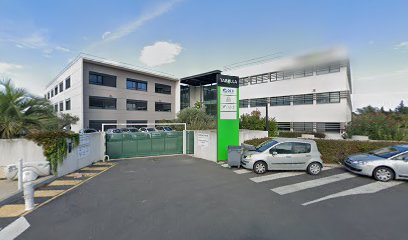
Aven Armand
Explore the enchanting Aven Armand, a stunning underground cavern in Hures-la-Parade, renowned for its breathtaking limestone formations and serene atmosphere.

GR 66 Tour du Mont Aigoual (Parc national des Cévennes)
Discover the breathtaking GR 66 Tour du Mont Aigoual, a scenic hiking trail in the heart of Cevennes National Park, perfect for nature lovers and outdoor adventurers.
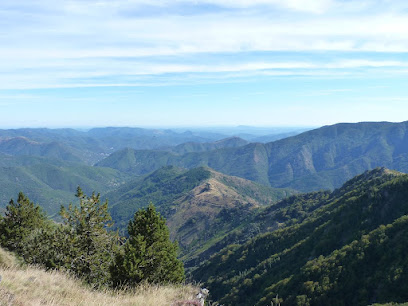
Essential places to dine
Auberge du Moulin
Experience exquisite local cuisine and charming accommodations at Auberge du Moulin in Gorges du Tarn Causses.
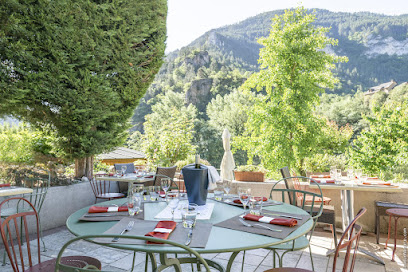
Logis Hôtel Porte des Cévennes
Discover tranquility and delectable French cuisine at Logis Hôtel Porte des Cévennes in beautiful Anduze.
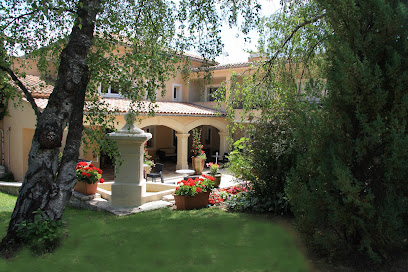
Le Petit Paris
Experience authentic French cuisine at Le Petit Paris in Gorges du Tarn Causses – where every meal is a celebration of flavor and ambiance.
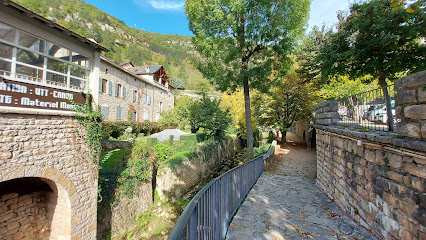
Auberge Cévenole
Discover authentic French cuisine at Auberge Cévenole in La Salle Prunet – where local flavors meet breathtaking scenery.
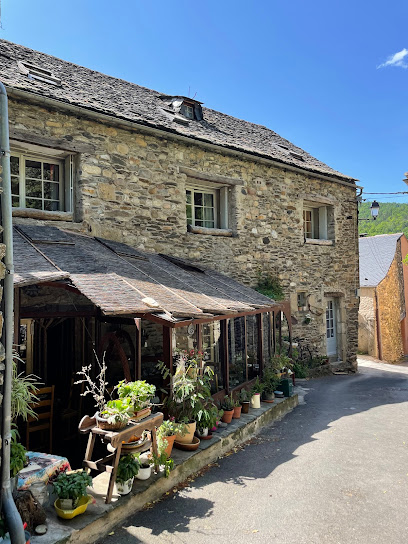
Auberge des Cévennes - Pont de Montvert
Experience authentic French hospitality at Auberge des Cévennes - your gateway to exploring the natural wonders of Pont de Montvert.
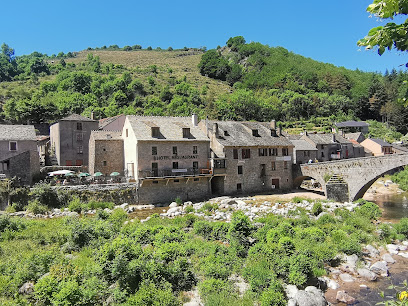
le Garage des Cévennes
Discover le Garage des Cévennes: A charming hotel experience in Anduze with exquisite dining options amidst stunning natural beauty.

La Lozerette
Discover La Lozerette: A cozy hotel and French restaurant nestled in Cocures Village offering delightful cuisine and warm hospitality.

La Maison des Cévennes
Discover tranquility and authentic French cuisine at La Maison des Cévennes in Bréau-Mars - your perfect getaway in nature's embrace.
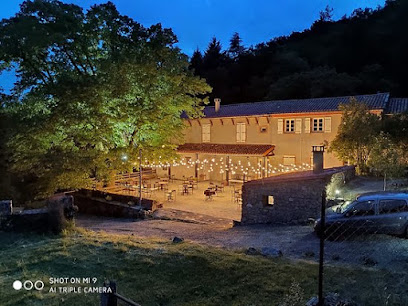
Hôtel Restaurant BARGETON
Experience the charm of Cubières at Hôtel Restaurant BARGETON, where exquisite French-Mediterranean cuisine meets warm hospitality.

Hôtel Les Cévennes
Discover comfort and local flavors at Hôtel Les Cévennes in scenic Saint-Cirgues-en-Montagne.

Logis Hôtel la Corniche des Cévennes
Experience the serene beauty of Saint-Jean-du-Gard at Logis Hôtel la Corniche des Cévennes—your gateway to nature and culinary delights.
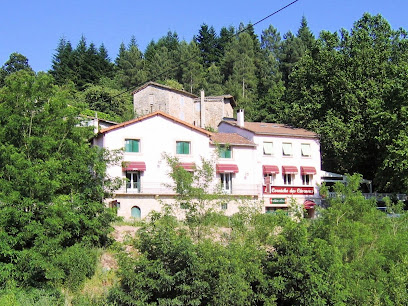
Au Figuier des Cévennes
Discover comfort and culinary delights at Au Figuier des Cévennes – your gateway to exploring the stunning Cévennes region.

Restaurant L' Adonis
Experience authentic French cuisine at Restaurant L'Adonis in Florac-Trois-Rivières - where local flavors meet stunning scenery.
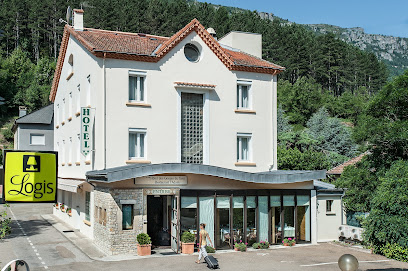
le petit calbertois Auberge en cévennes
Discover exquisite French cuisine and charming accommodations at Le Petit Calbertois in scenic Cévennes.
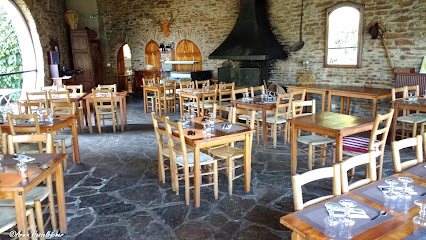
La Truite Enchantée
Experience exquisite French cuisine at La Truite Enchantée in Pont-de-Montvert-Sud-Mont-Lozère – where culinary artistry meets breathtaking scenery.
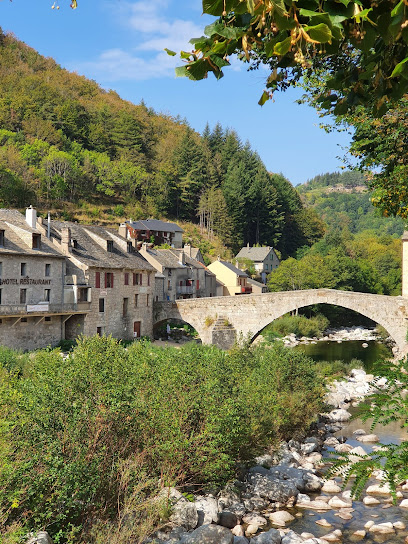
Essential bars & hidden hideouts
hotel oronge
Experience the charm of Saint-Jean-du-Gard at Hotel Oronge, where Mediterranean flavors and comfort meet stunning natural landscapes.

La Lozerette
Experience the charm of La Lozerette, a serene hotel and restaurant in Bédouès-Cocurès, offering exquisite French cuisine and breathtaking views.

Hôtel Les Cévennes
Experience the serene beauty of the Auvergne at Hôtel Les Cévennes, where comfort meets exquisite dining in nature's embrace.

Au Pécher Mignon
Experience authentic French crêpes in a cozy setting at Au Pécher Mignon in Florac-Trois-Rivières, where every dish is made with love.
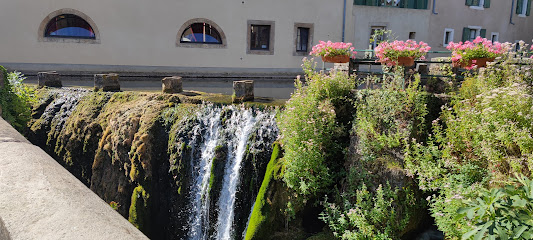
Logis Hôtel la Corniche des Cévennes
Discover the charm of Saint-Jean-du-Gard at Logis Hôtel la Corniche des Cévennes, your gateway to the stunning Cevennes National Park.
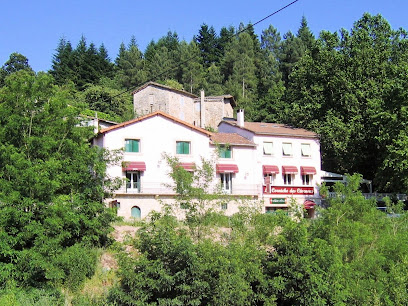
Logis Hôtel le Pradinas
Discover the charm of Logis Hôtel le Pradinas in Mialet, where comfort meets exquisite dining amidst beautiful landscapes.
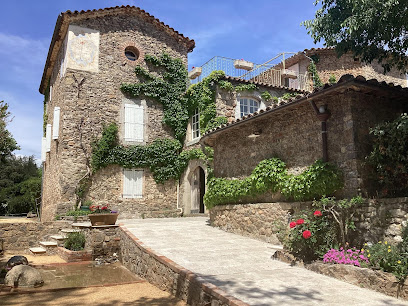
Mas Nouveau
Experience the perfect blend of fine dining, cozy ambiance, and local charm at Mas Nouveau in Génolhac, a culinary gem in the heart of France.
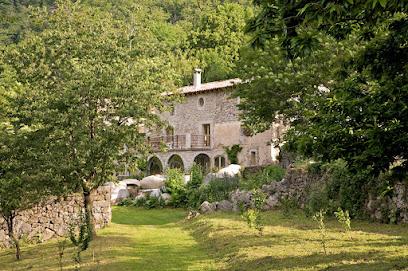
The tables of the fountain
Experience authentic French hospitality in the heart of Florac-Trois-Rivières at The Tables of the Fountain, a charming bed and breakfast with exquisite dining.

La Truite Enchantée
Experience the essence of French cuisine at La Truite Enchantée, a charming restaurant and hotel in the stunning village of Pont-de-Montvert.
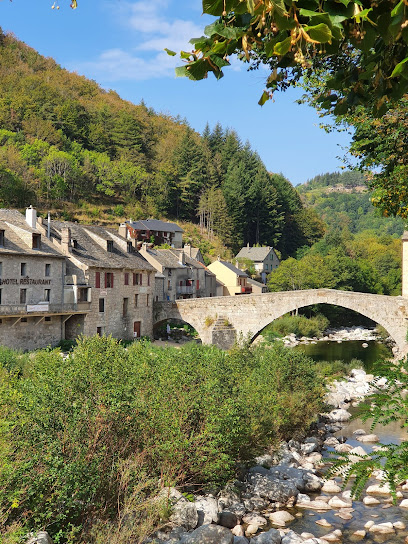
Cosy Nature, Chalets, Tiny Houses And Spa In The Cevennes
Experience the tranquil beauty of the Cevennes at Cosy Nature, where charming chalets meet serene spa adventures in a stunning natural setting.

Cevennes in the Box
Discover the flavors of the Cevennes at Cevennes in the Box, where local cuisine meets a charming atmosphere in Pont-de-Montvert.
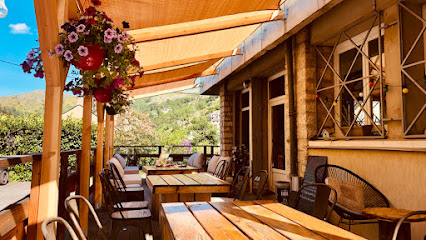
Le Mas du Coupétadou, chambres, yourte et table d'hôtes de charme en Cévennes
Discover the serene beauty of the Cévennes at Le Mas du Coupétadou, your perfect bed and breakfast retreat for adventure and relaxation.

Restaurant l'Estival
Experience the flavors of France at Restaurant l'Estival, a charming eatery in Florac-Trois-Rivières, perfect for savoring local cuisine.
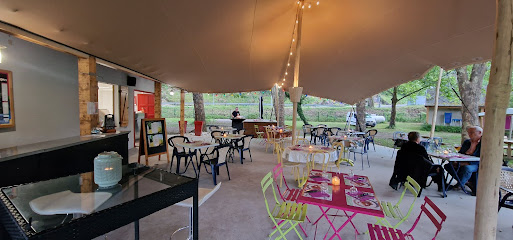
Bar Restaurant Concert Les Cabanes de Cornillon - Ceven Aventure
Indulge in delightful cuisine and vibrant live music at Les Cabanes de Cornillon, a true gem in the heart of the Cevennes.
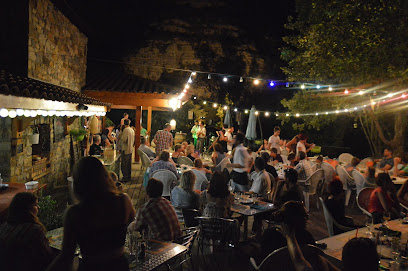
GR 66 Tour du Mont Aigoual (Parc national des Cévennes)
Explore the breathtaking GR 66 Tour du Mont Aigoual in the Parc national des Cévennes, where stunning views and rich biodiversity await every hiker.

Local Phrases about Cévennes National Park
-
- HelloBonjour
[bohn-zhoor] - GoodbyeAu revoir
[oh ruh-vwahr] - YesOui
[wee] - NoNon
[nohn] - Please/You're welcomeS'il vous plaît/De rien
[seel voo pleh/duh ryehn] - Thank youMerci
[mehr-see] - Excuse me/SorryExcusez-moi/Désolé
[ehks-kew-zay mwah/deh-zoh-leh] - How are you?Comment ça va?
[koh-mohn sah vah] - Fine. And you?Bien. Et toi?
[byen. ay twah] - Do you speak English?Parlez-vous anglais?
[par-lay voo ahn-glay] - I don't understandJe ne comprends pas
[zhuh nuh kohm-prahnd pah]
- HelloBonjour
-
- I'd like to see the menu, pleaseJe voudrais voir le menu, s'il vous plaît
[zhuh voo-dray vwar luh muh-nyoo, seel voo pleh] - I don't eat meatJe ne mange pas de viande
[zhuh nuh mahnzh pah duh vyand] - Cheers!Santé!
[sahn-tay] - I would like to pay, pleaseJe voudrais payer, s'il vous plaît
[zhuh voo-dray pay-ay, seel voo pleh]
- I'd like to see the menu, pleaseJe voudrais voir le menu, s'il vous plaît
-
- Help!Au secours!
[oh suh-koor] - Go away!Allez-vous en!
[ah-lay vooz ahn] - Call the Police!Appelez la police!
[ah-peh-lay lah poh-lees] - Call a doctor!Appelez un médecin!
[ah-peh-lay uh may-deh-sahn] - I'm lostJe suis perdu(e)
[zhuh swee pair-doo] - I'm illJe suis malade
[zhuh swee mah-lahd]
- Help!Au secours!
-
- I'd like to buy...Je voudrais acheter...
[zhuh voo-dray zshay-tay] - I'm just lookingJe regarde juste
[zhuh ruh-gahrd zhewst] - How much is it?Combien ça coûte?
[kohm-byen sah koot] - That's too expensiveC'est trop cher
[say troh shair] - Can you lower the price?Pouvez-vous baisser le prix?
[poo-vez voo bay-say luh pree]
- I'd like to buy...Je voudrais acheter...
-
- What time is it?Quelle heure est-il?
[kell er ay-teel] - It's one o'clockIl est une heure
[eel ay tew-neh er] - Half past (10)Dix heures et demie
[dees er ay d'mee] - MorningMatin
[mah-tan] - AfternoonAprès-midi
[ah-pray mee-dee] - EveningSoir
[swah] - YesterdayHier
[yehr] - TodayAujourd'hui
[oh-zhoor-dwee] - TomorrowDemain
[duh-mahn] - 1Un
[uh] - 2Deux
[duh] - 3Trois
[twah] - 4Quatre
[kat-ruh] - 5Cinq
[sank] - 6Six
[sees] - 7Sept
[sept] - 8Huit
[weet] - 9Neuf
[nuhf] - 10Dix
[dees]
- What time is it?Quelle heure est-il?
-
- Where's a/the...?Où se trouve...?
[oo suh troov] - What's the address?Quelle est l'adresse?
[kell ay la-dress] - Can you show me (on the map)?Pouvez-vous me montrer (sur la carte)?
[poo-vez voo muh mohn-tray (soor lah kart)] - When's the next (bus)?Quand est le prochain (bus)?
[kahn ay luh proh-shahn (boos)] - A ticket (to ....)Un billet (pour ....)
[uhn bee-yay (poor)]
- Where's a/the...?Où se trouve...?
History of Cévennes National Park
-
The Cévennes region has been inhabited since prehistoric times, as evidenced by numerous megalithic structures such as dolmens and menhirs scattered throughout the landscape. These ancient monuments, dating back to the Neolithic period, serve as a testament to the early human presence and their burial and ritual practices.
-
During the Roman era, the Cévennes region was part of the province of Gallia Narbonensis. Roman roads and settlements were established to facilitate trade and military movements. Remnants of Roman villas, bridges, and roads can still be found in the area, illustrating the extent of Roman influence on the region's infrastructure and culture.
-
The Middle Ages saw the construction of numerous fortresses and castles in the Cévennes region, reflecting its strategic importance. Notable examples include the Château de Florac and the Château de Portes. These structures served as defensive strongholds and administrative centers, playing crucial roles in the feudal conflicts and power struggles of the time.
-
One of the most significant historical events in the Cévennes is the Camisard Rebellion (1702-1704). This was a Protestant uprising against the Catholic monarchy following the revocation of the Edict of Nantes, which had granted religious freedom to Protestants. The rugged terrain of the Cévennes provided a natural stronghold for the Camisards, who engaged in guerrilla warfare against royal forces. The rebellion is a poignant chapter in the region's religious and cultural history.
-
In the 19th century, the Cévennes region experienced significant industrial growth, particularly in the silk industry. The area became known for its mulberry plantations and silk mills, which contributed to the local economy. The legacy of this period is still visible in the form of old silk mills and the tradition of silk weaving that persists in some communities.
-
Cévennes National Park was officially established in 1970, aimed at preserving the unique natural and cultural heritage of the region. The park encompasses a diverse range of landscapes, including forests, rivers, and mountains. It also protects traditional agricultural practices and rural architecture. The creation of the park marked a significant step in the conservation of the area's biodiversity and cultural landscapes.
-
In 2011, the agropastoral cultural landscape of the Causses and the Cévennes was designated as a UNESCO World Heritage Site. This recognition underscores the region's historical significance and the enduring practices of sheep farming and transhumance. The designation helps to preserve and promote the unique cultural and natural heritage of the Cévennes.
Cévennes National Park Essentials
-
Cévennes National Park is located in south-central France. The nearest major cities with international airports are Montpellier and Nîmes, both approximately 1.5 to 2 hours by car from the park. From these cities, you can rent a car or take a regional train to nearby towns such as Florac, Mende, or Alès, which serve as gateways to the park. Public buses also connect these towns to the park's main entrances.
-
Within Cévennes National Park, renting a car is the most convenient way to explore the area, as public transportation options are limited. However, there are regional buses that connect the main towns and villages. For a more immersive experience, consider hiking or cycling along the park's numerous trails. Guided tours are also available for those looking to learn more about the park's natural and cultural heritage.
-
The official currency in France is the Euro (EUR). Credit cards are widely accepted in hotels, restaurants, and shops in the towns surrounding the park. However, it is advisable to carry some cash, especially when visiting smaller villages or remote areas within the park. ATMs are available in the larger towns such as Florac, Mende, and Alès.
-
Cévennes National Park is generally a safe destination for tourists. However, standard safety precautions should be taken, such as keeping an eye on your belongings and avoiding isolated areas after dark. There are no specific high-crime areas targeting tourists. It is also important to be prepared for outdoor activities by carrying a map, water, and appropriate gear, especially when hiking or exploring remote areas.
-
In case of emergency, dial 112 for immediate assistance. Local police stations and medical facilities are available in the larger towns such as Florac and Mende. It is advisable to have travel insurance that covers medical emergencies. For minor health issues, pharmacies can be found in most towns, where you can purchase over-the-counter medications.
-
Fashion: Do dress comfortably and in layers, as the weather can change quickly in the mountains. Avoid overly casual or revealing clothing when dining out. Religion: Do respect local customs and traditions, especially when visiting religious sites. Public Transport: Do be respectful and give up your seat to elderly passengers. Don't eat or drink on public transport. Greetings: Do greet people with a friendly 'Bonjour' (Good day) and a handshake. Eating & Drinking: Do try local specialties such as chestnut-based dishes and goat cheese. Don't rush through meals; dining is considered a leisurely activity in France.
-
To experience Cévennes National Park like a local, visit the weekly markets in towns such as Florac and Mende, where you can buy fresh produce and local crafts. Engage with locals, who are often friendly and willing to share stories about the area's history and culture. Don't miss the opportunity to hike the Stevenson Trail (GR70), which follows the route taken by Robert Louis Stevenson in his book 'Travels with a Donkey in the Cévennes.' For a unique experience, participate in a traditional transhumance festival, where sheep are moved to higher pastures for the summer.
Nearby Cities to Cévennes National Park
-
Things To Do in Montpellier
-
Things To Do in Avignon
-
Things To Do in Aix-en-Provence
-
Things To Do in Marseille
-
Things To Do in Lyon
-
Things To Do in Toulouse
-
Things To Do in Grenoble
-
Things To Do in Limoges
-
Things To Do in Pas de la Casa
-
Things To Do in Soldeu
-
Things To Do in El Serrat
-
Things To Do in Canillo
-
Things To Do in Ordino
-
Things To Do in Encamp
-
Things To Do in Arinsal



